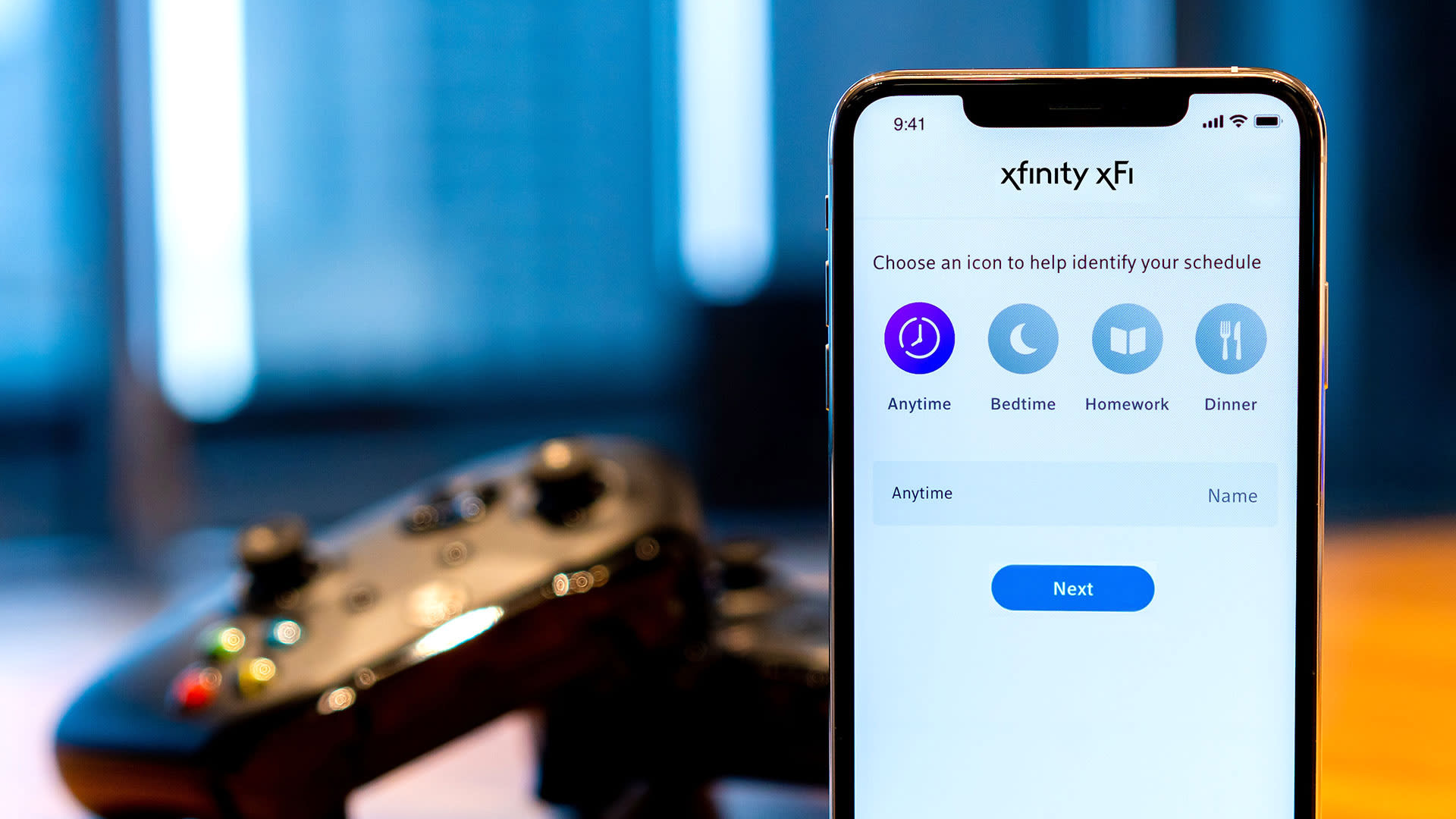
Still wondering what the heck happened with Netflix on Christmas Eve? Cloud architect Adrian Cockroft has returned to fill in the details with an official blog post. As we already knew, Amazon Web Services was to blame for the issue -- the company issued an apology earlier today -- with the Elastic Load Balancer (ELB) service causing the outage. The interruption began at 3:30PM ET on December 24th, though some users had normal service until later that evening, at which point many TV-connected devices in the US, Canada and Latin America were affected. Notably, customers in the UK, Ireland and Nordic countries did not experience issues.
Netflix uses hundreds of ELBs, but only "a handful" failed -- devices using these specific ELBs, including game consoles, were unable to access the server. While the Elastic Load Balancers serving Mac and PC streaming were unaffected, those users experienced latency issues, and may have needed to reload a stream. Cockroft explains that at 1:30AM ET on Christmas Day, the ELBs were restored by AWS, and most users were reportedly up and running at that point, though some still experienced downtime throughout the morning. Ultimately, Netflix plans to improve redundancy, which will be costly and could take some time to accomplish. For now, let's hope that AWS manages to avoid future failures. You'll find Netflix's full explanation at the source link below.
Filed under: Home Entertainment, Internet
Comments
Source: The Netflix Tech Blog, Amazon Web Services
 Comcast and its Xfinity brand have put a lot of attention behind the company's xFi internet management services in recent years, offering parents a pretty comprehensive set of tools to manage how much time family members spend online. One of those to...
Comcast and its Xfinity brand have put a lot of attention behind the company's xFi internet management services in recent years, offering parents a pretty comprehensive set of tools to manage how much time family members spend online. One of those to...
 Comcast and its Xfinity brand have put a lot of attention behind the company's xFi internet management services in recent years, offering parents a pretty comprehensive set of tools to manage how much time family members spend online. One of those to...
Comcast and its Xfinity brand have put a lot of attention behind the company's xFi internet management services in recent years, offering parents a pretty comprehensive set of tools to manage how much time family members spend online. One of those to...
 Slack has been down since 9:30AM Eastern. At the time of this post, it's been over 90 minutes since the service went offline, leaving millions of professionals scrambling for ways to communicate with their colleagues. But instead of freaking out, I'l...
Slack has been down since 9:30AM Eastern. At the time of this post, it's been over 90 minutes since the service went offline, leaving millions of professionals scrambling for ways to communicate with their colleagues. But instead of freaking out, I'l...





